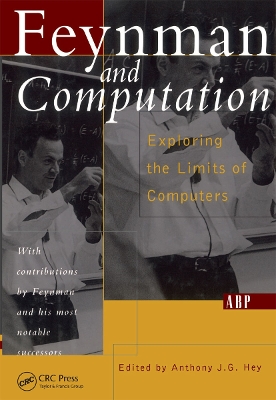Frontiers in Physics
5 total works
This classic graduate lecture note volume on statistical mechanics focuses on Physics, rather than mathematics. It provides a concise introduction to basic concepts and a clear presentation of difficult topics, while challenging the student to reflect upon as yet unanswered questions.



